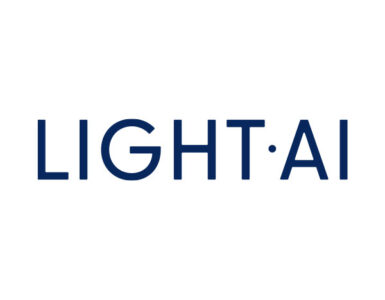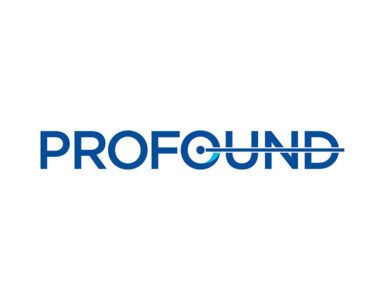
H.C. Wainwright launched coverage of Aviragen Therapeutics (NASDAQ:AVIR) with a “buy” rating and price target of $5. The stock closed at $1.43 on Tuesday.
Aviragen is a developing three direct-acting antiviral (DAA) compounds, each in Phase 2 development, including oral vapendavir, which targets human rhinovirus (HRV), causing the common cold; oral BTA585, which targets respiratory syncytial virus; and BTA074, which is a topical targeting human papillomavirus for condyloma.
“While all three are novel drugs being developed for conditions with limited therapeutic options, we view the vapendavir commercial opportunity as the largest by several orders of magnitude, and as such, our Aviragen valuation and positive thesis rests primarily on the company’s lead candidate,” writes analyst Ed Arce.
Vapendavir is an oral, twice-daily (BID), small molecule that exhibits broad-spectrum antiviral activity against known HRV serotypes A and B, as well as selected enteroviruses.
In a prior Phase 2 study, with 93 PCR-confirmed HRV positive subjects, vapendavir 400 mg BID demonstrated significant improvement in both cold symptoms as well as lung function. In addition, vapendavir is well tolerated with a clean safety profile to date.
Aviragen is targeting vapendavir for moderate-to-severe asthmatics and those with chronic obstructive pulmonary disease, as they often suffer through uncontrolled exacerbations and progressive deterioration of lung function when they have a cold, despite continued use of background meds like beta agonists.
“All that said, the core value proposition, in our view, is that vapendavir is the only DAA in development or on market against HRV infections,” Mr. Arce said. “Thus, we believe vapendavir is truly unique as it achieves symptomatic relief as a consequence of directing attacking the underlying infection, significantly improving respiratory symptoms within four days of onset.”
Given that the severity of exacerbations (shortness of breath, coughing, wheezing and chest tightness) due to colds often leads to hospitalization in these patients, he noted that, ultimately, the use of vapendavir would likely yield a pharmacoeconomic benefit as well, further supporting commercial uptake.






